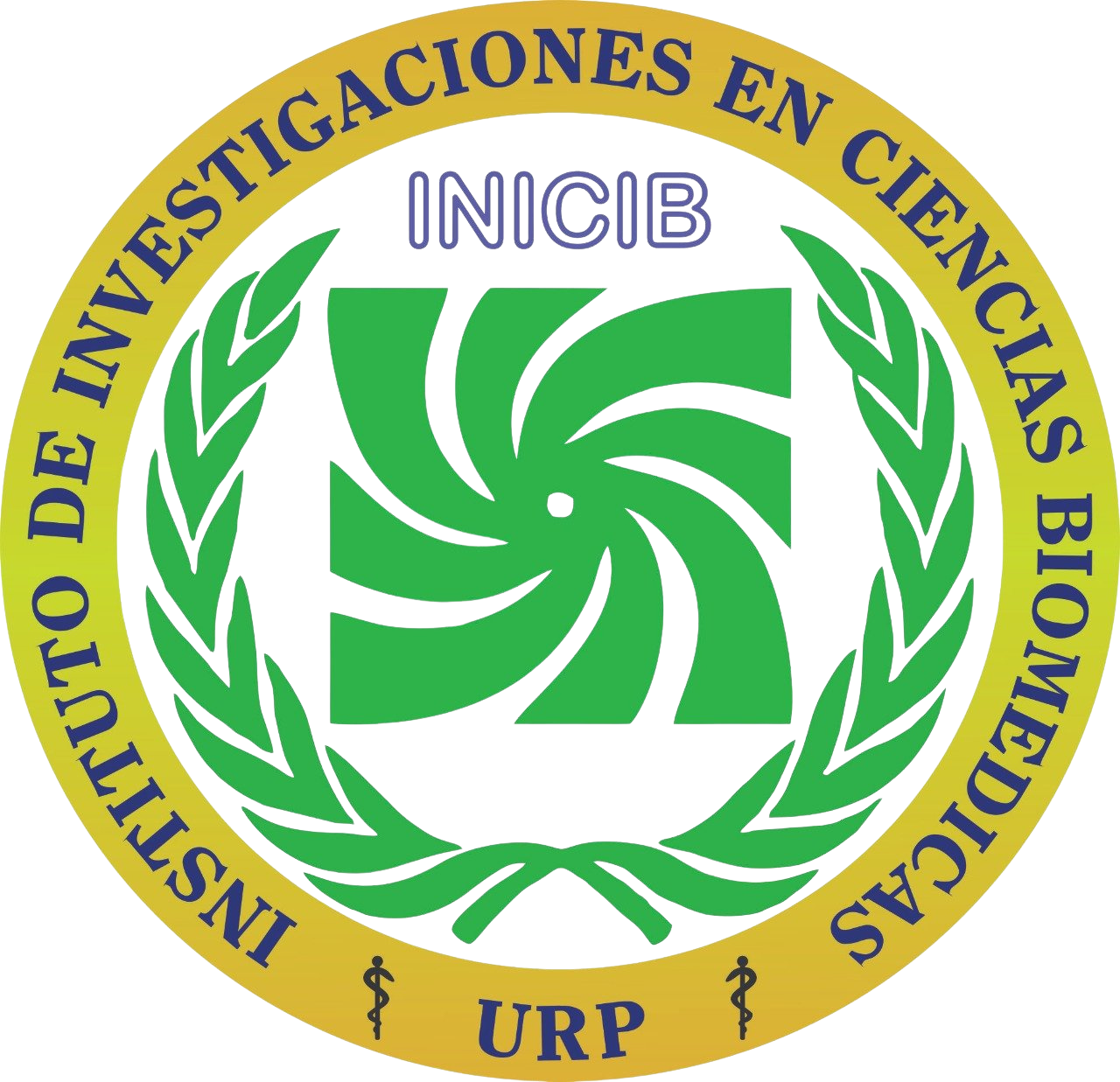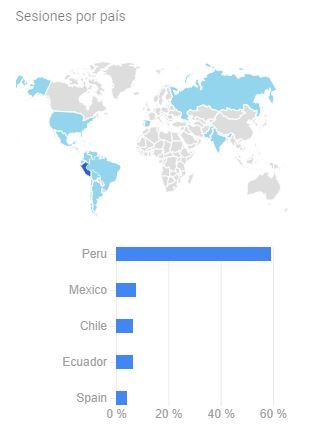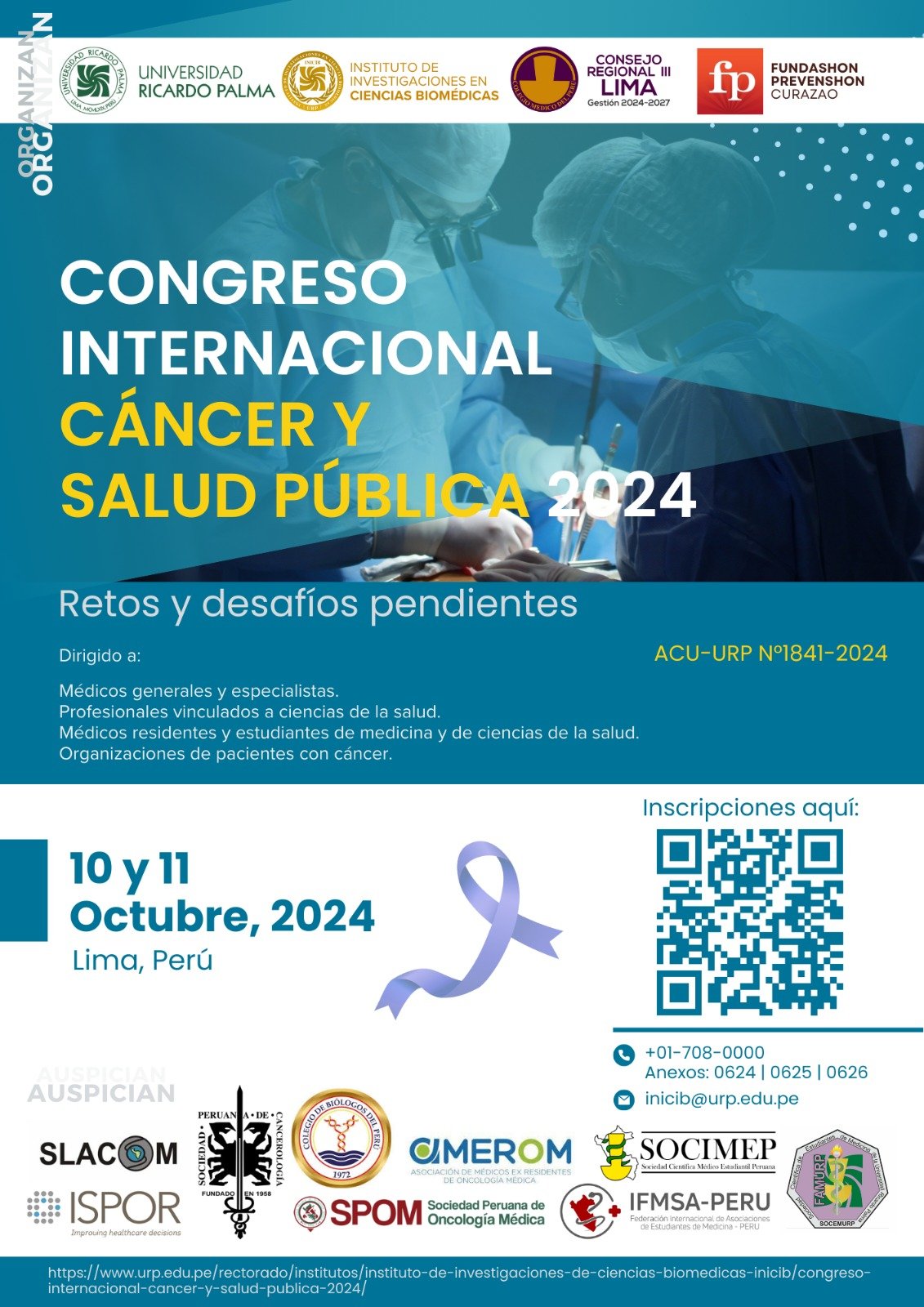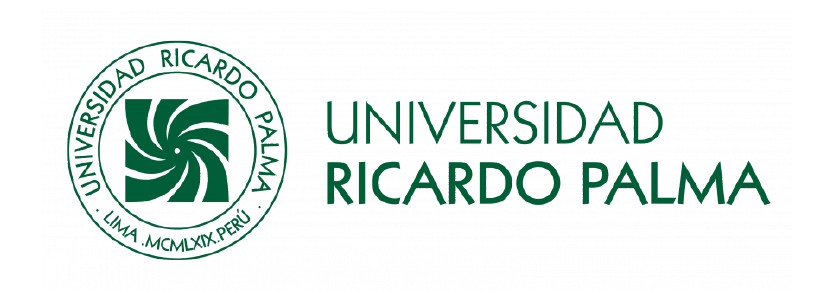GITELMAN syndrome first case report in Peru
Sindrome de GITELMAN: primer caso reportado en el Perú
Keywords:
Gitelman's syndrome, Hypokalemia, Metabolic alkalosis, HypomagnesaemiaAbstract
ABSTRACT Introduction: Gitelman's syndrome is an infrequent tubulopathy, transmitted by autosomal recessive inheritance due to mutations of the SLC12A3 gene, which is responsible for encoding the cotransporter Na Cl synthesis of the distal convoluted tubule. This tubulopathy is characterized by hypokalemia, hypomagnesemia, hypocalciuria and metabolic alkalosis. Signs and symptoms are avid for salty foods, normal or low blood pressure, physical exercise intolerance, growth retardation, and short stature. Case Description: An 11-year-old male patient who presented weakness of upper and lower limbs on admission associated with muscle weakness. The physical examination of income is normal. Initial laboratory tests showed serum potassium of 2.8 mEq / L sodium of 132 mEq / L, chlorine of 84.26 mEq / L, magnesium of 1.4 mEq / L, calcium of 11.3 mEq / L. Venous gasometry at pH 7.42, pCO2, 34.1mmHg; PO2 36.8mm; Bicarbonate 31mmol / L. Conclusion: It is important to consider Gitelman's syndrome, since it is possible to suspect if a patient presents with tiredness, muscle weakness or saltiness, supporting a diagnosis of serum electrolytes. Treatment should be started with oral magnesium supplements and periodic monitoring. Key words: Gitelman's syndrome; Hypokalemia; Metabolic alkalosis; Hypomagnesaemia. (source: MeSH NLM)
DOI:
10.25176/RFMH.v18.n3.1597Downloads
Published
How to Cite
Issue
Section
License
Copyright (c) 2018 Revista de la Facultad de Medicina Humana

This work is licensed under a Creative Commons Attribution 4.0 International License.




































